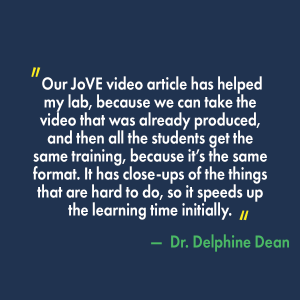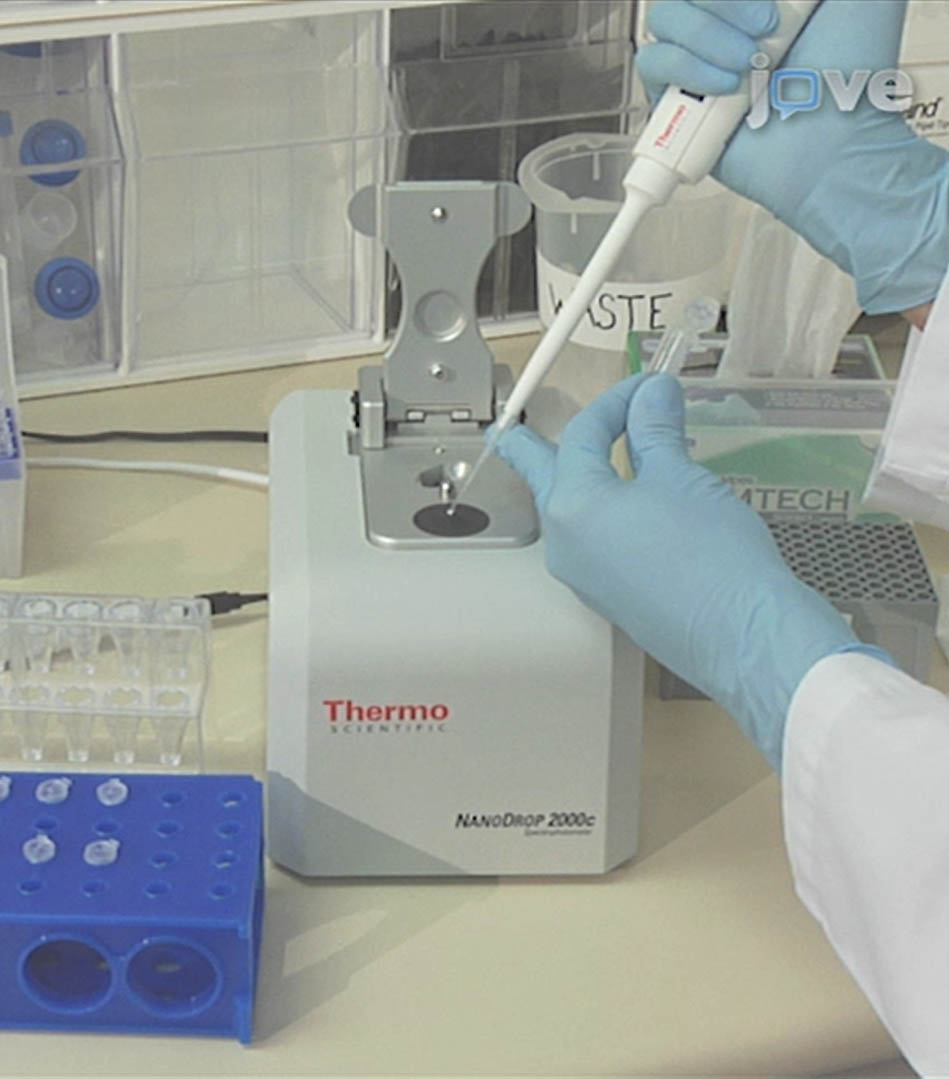Summary
By using JoVE to publish the protocol for converting an inkjet printer into a customized bioprinter, Clemson University’s Dr. Delphine Dean significantly reduced the method's learning time for her students.
https://youtu.be/raULc9ZHRmY
Challenge
Dr. Delphine Dean is an associate professor of bioengineering at Clemson University. She specializes in nano-to-micro-scale research, and her lab focuses on the operations of biological systems across length scales. During her work, Dr. Dean discovered a revolutionary new way to accelerate bioprinting-enabled research. This is done by re-purposing a standard inkjet printer to induce transient membrane pores, in thousands of cells, simultaneously — while retaining high cell viability. However, because of the method’s complexity, it took about one month to teach students to become proficient in it.
Solution
Needing a streamlined way to share this new procedure, Dr. Dean decided to publish an article with JoVE. Using easy-to-follow video instructions, learners could more easily understand the necessary printer conversion technique. Says Dr. Dean: “Our JoVE video article has helped my lab, because we can take the video that was already produced, and then all the students get the same training, because it’s the same format. It has close-ups of the things that are hard to do, so it speeds up the learning time initially.”
Results
Dr. Dean uses her JoVE video article as a platform for standardized student training. Among the benefits:
- The technique’s learning time for new students dropped to one week, down from one month
- This represents a 75 percent time savings
- Students now could start applying the technique much more quickly — and discovering broader applications for it
In less than one year after the JoVE publication, students modified the technique to print enzymes, instead of cells. In turn, this enabled them to test the glucose levels of patients in underdeveloped countries. This new approach cut testing costs by 99 percent, when compared with traditional methods.
There were other pluses to the JoVE article, as well. Since its publication in March 2012, the video has garnered 41,000-plus views. Additionally, JoVE’s unique teaching format was key to helping Dr. Dean secure grant funding, and to her earning the NSF CAREER award.

